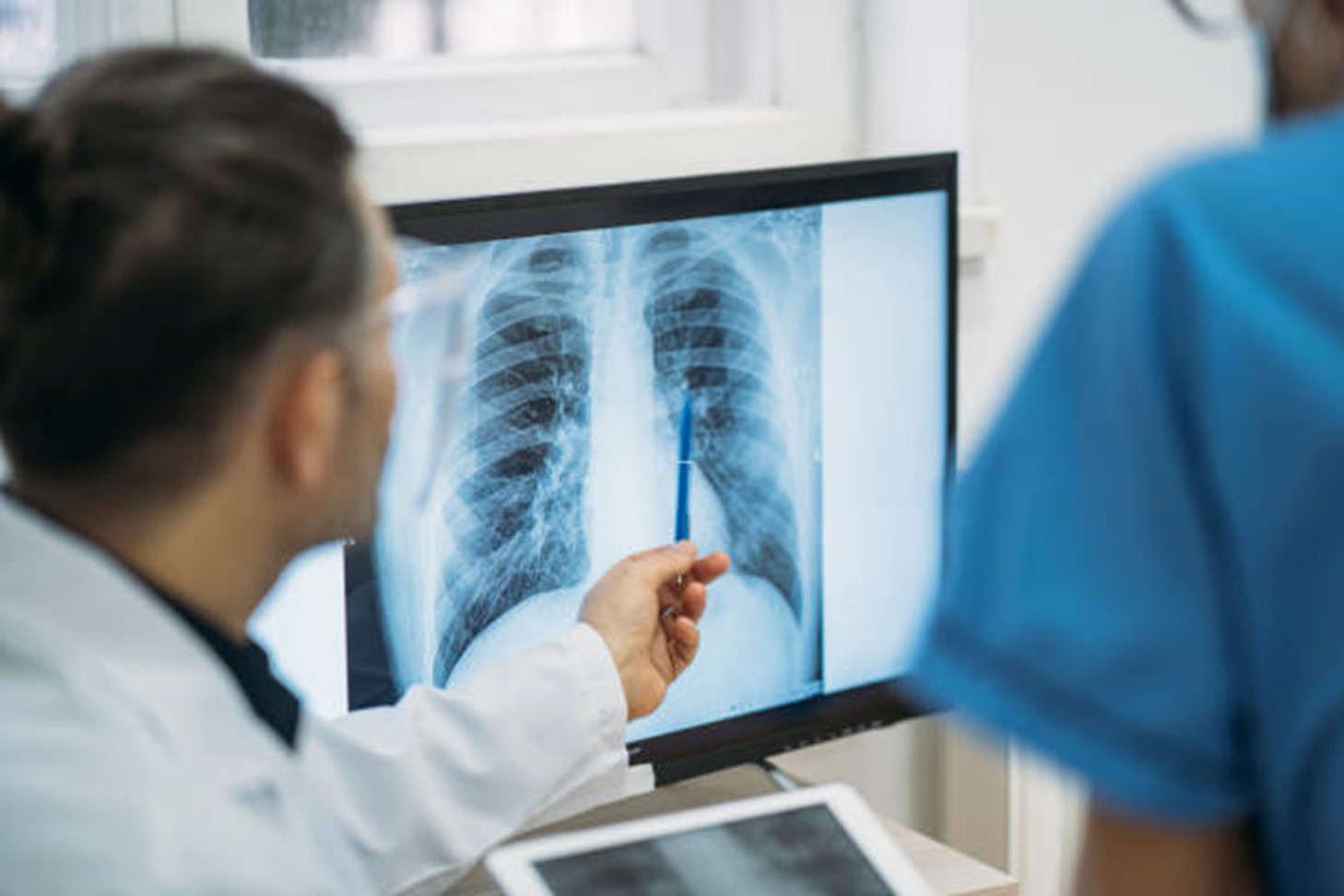
Lung cancer is the leading cause of cancer death in men and women in the United States. More people die from lung cancer than breast cancer, prostate cancer and colon cancer combined.
But many of these deaths can be prevented with regular screenings. Only 16 percent of lung cancer cases are diagnosed at an early stage when it is treatable according to the Lung Cancer Foundation.
Low-dose computed tomography (LDCT) is a screening option that is quick, easy, and has the potential to identify lung cancer when it is more curable.
What is a low-dose CT scan?
Summit Health offers lung cancer screening for people who are at high risk for the disease. LDCT scans can show detailed images of abnormal areas on the lungs to help identify cancer even when there are no symptoms.
“Many lung cancers don’t cause symptoms until they’ve spread,” says Jessie Wilt, MD, pulmonologist at Summit Health. “If you are a high-risk patient, having an annual LDCT scan can make all the difference in your care and outcome.”
An LDCT scan is a non-invasive, painless exam with less than half the amount of radiation as regular CT scans. The screening does not require contrast dye or an intravenous (IV) line placement.
The procedure only takes about 10 minutes. When you have the scan, the CT technologist will ask you to lie on an imaging table and hold your breath for about 20 seconds while the images are taken.
“Low-dose CTs are far more sensitive than chest X-rays in detecting lung cancer,” explains James McPherson III, MD, MPH, FACS, thoracic surgeon at Summit Health. “By the time a tumor is seen on a chest X-ray, it’s usually quite large and may have already spread.”
Screening eligibility for LDCT
There are certain criteria you must meet to be eligible for LDCT. Talk to your primary care physician about screening today if you do not have a history of lung cancer and:
- Are a smoker or former smoker aged 55 to 80
- Currently smoke or have quit in the past 15 years
- Have at least a 20-pack-year smoking history. This is the number of cigarette packs you smoke per day multiplied by the years you smoked. Use our online tool to calculate your pack history.
Treatment for lung cancer
Surgery is one of the standard treatments for patients who are diagnosed with lung cancer. Summit Health offers minimally invasive options like robotic-assisted thoracic surgery which helps patients recover faster and experience less pain.
“You usually can go home one to two days after surgery,” says Dr. McPherson. This can also allow the patient to move more quickly to the next phase of their lung cancer treatment, such as radiation therapy and chemotherapy.
Summit Health offers a team approach to lung cancer treatment. A thoracic surgery tumor board of more than 20 providers meets regularly to discuss cancer cases.
Another resource available to patients is lung cancer navigators. This dedicated staff member, who is usually a registered nurse, guides the patients through the health care system by coordinating appointments and connecting patients with additional support as needed.
How Summit Health can help
If you think you are eligible for lung cancer screening, make an appointment with your primary care physician at Summit Health today. Call 908-273-4300 or book an appointment online now.
If you have a prescription already for LDCT, please call Summit Health Imaging at 908-277-8673 to schedule an appointment.
And remember the best way to prevent lung cancer is to never smoke or quit smoking now. If you smoke, talk with your doctor about smoking cessation counseling.
